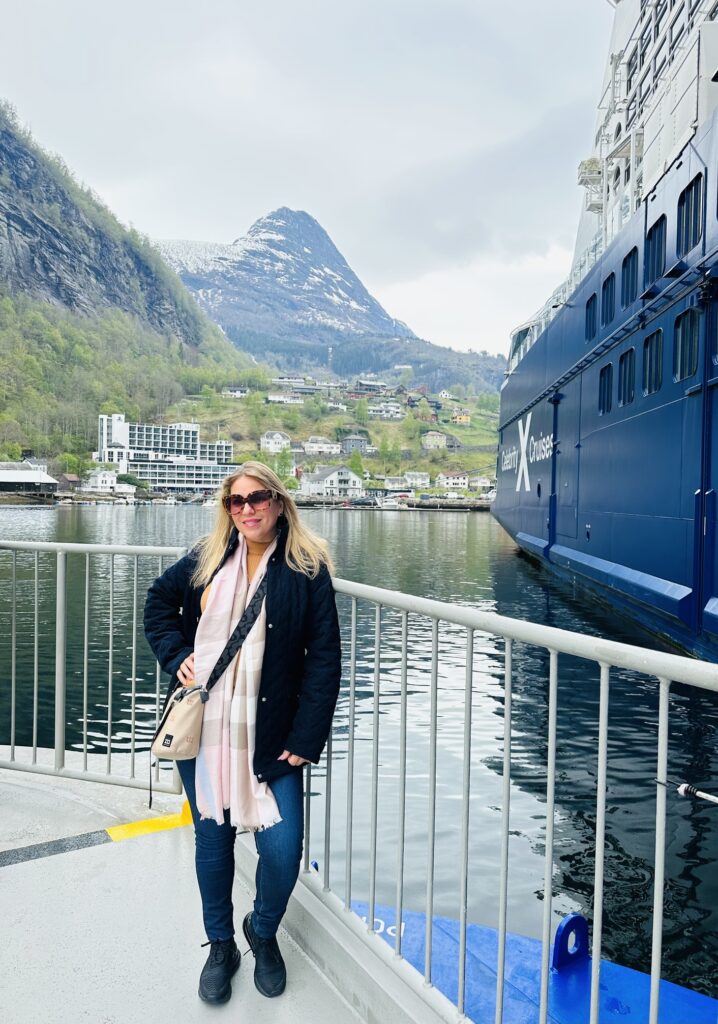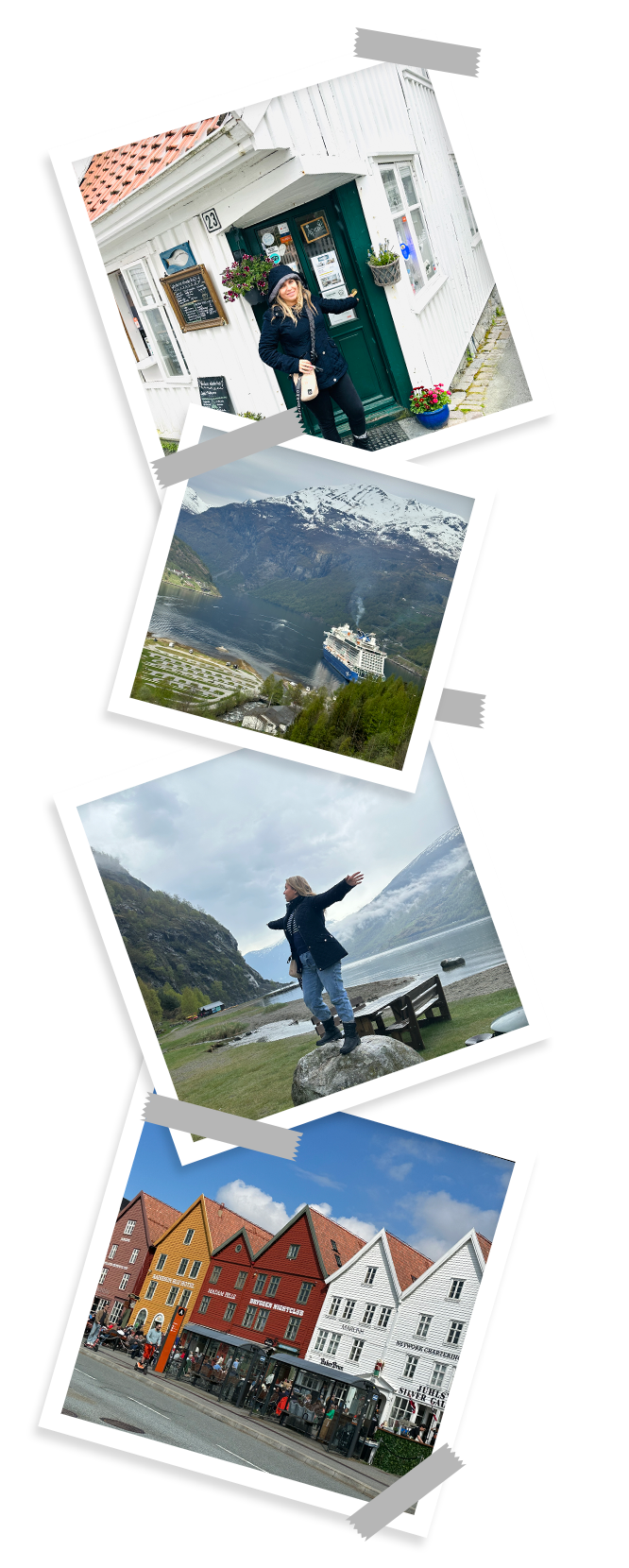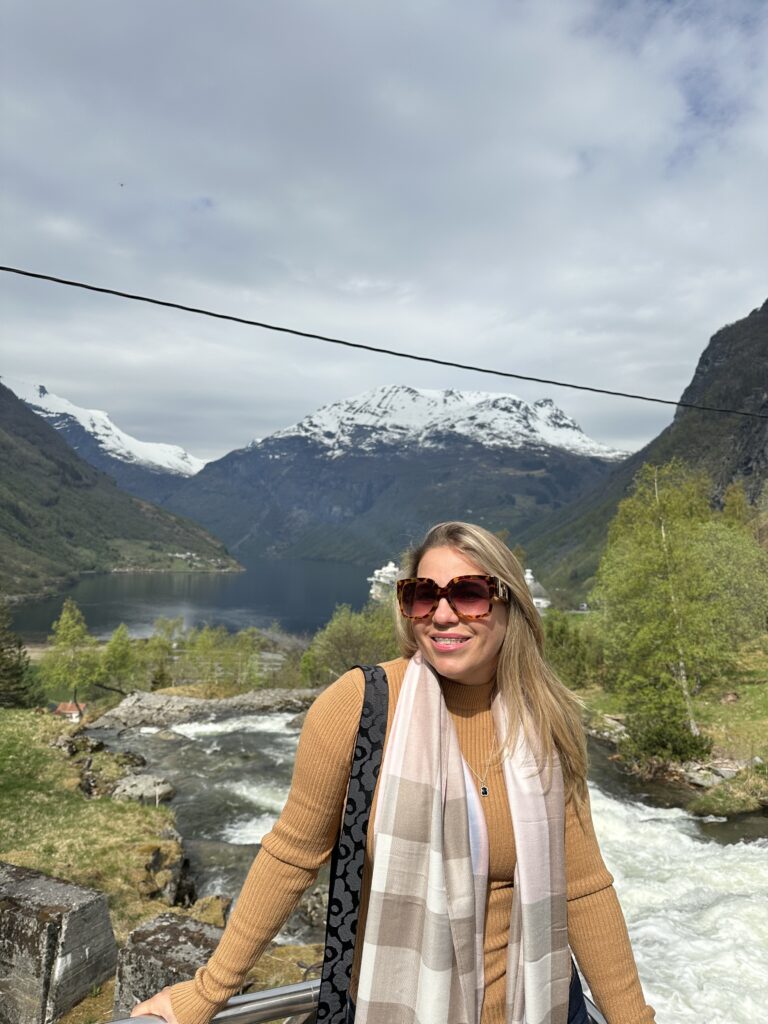



Norway is famous for its stunning fjords, snowy mountains, and vast forests. Its long and rugged coastline features many fjords and islands, offering a unique and highly valued natural environment. Norway also extends above the Arctic Circle, providing natural phenomena such as the midnight sun and the northern lights.
Norwegian society is characterized by a strong ethic of equality and social welfare. The culture places a high value on nature, with a deep tradition of outdoor activities. Norway has produced notable figures in literature, music, and visual arts, such as Henrik Ibsen, Edvard Grieg, and Edvard Munch. Norway’s National Day, May 17, is celebrated with parades and festivities across the country.
Norway boasts a prosperous economy and is one of the wealthiest countries in the world, with a high per capita income. Its economy relies heavily on abundant natural resources, particularly oil and gas. Norway also excels in fishing, forestry, and renewable energy production. The country has a strong welfare system and a low unemployment rate.
Norway has a well-developed infrastructure, including an extensive network of roads, railways, and ferry systems. Tunnels and bridges are crucial due to its rugged terrain. Public transportation is efficient and aligns well with the country’s environmental policies, promoting the use of bicycles and electric vehicles.
Norway's education system is renowned for its high quality and equity. Education is free and accessible to all, from primary school through university. Norwegian universities, such as the University of Oslo and the University of Bergen, are recognized for their research and innovation.
Norway is a popular tourist destination, known for its pristine nature and outdoor activities such as hiking, skiing, and boating. Norway’s fjords, especially the Geirangerfjord and the Nærøyfjord, are UNESCO World Heritage Sites. The cities of Oslo, Bergen, and Tromsø offer a blend of history, culture, and nature.
Norway has a rich history, including the Viking era, when Norwegian Vikings explored and colonized vast areas of Europe. For centuries, Norway was united with Denmark and Sweden before gaining full independence in 1905. Today, it is a constitutional monarchy and an active member of international organizations like the UN and NATO.
Norway is a leader in sustainability and environmental management. It is committed to significantly reducing its carbon emissions and is one of the largest producers of hydroelectric power in the world. The country is also investing in carbon capture and storage technologies and promotes the use of electric vehicles.


Please select a date and let's plan your vacation together